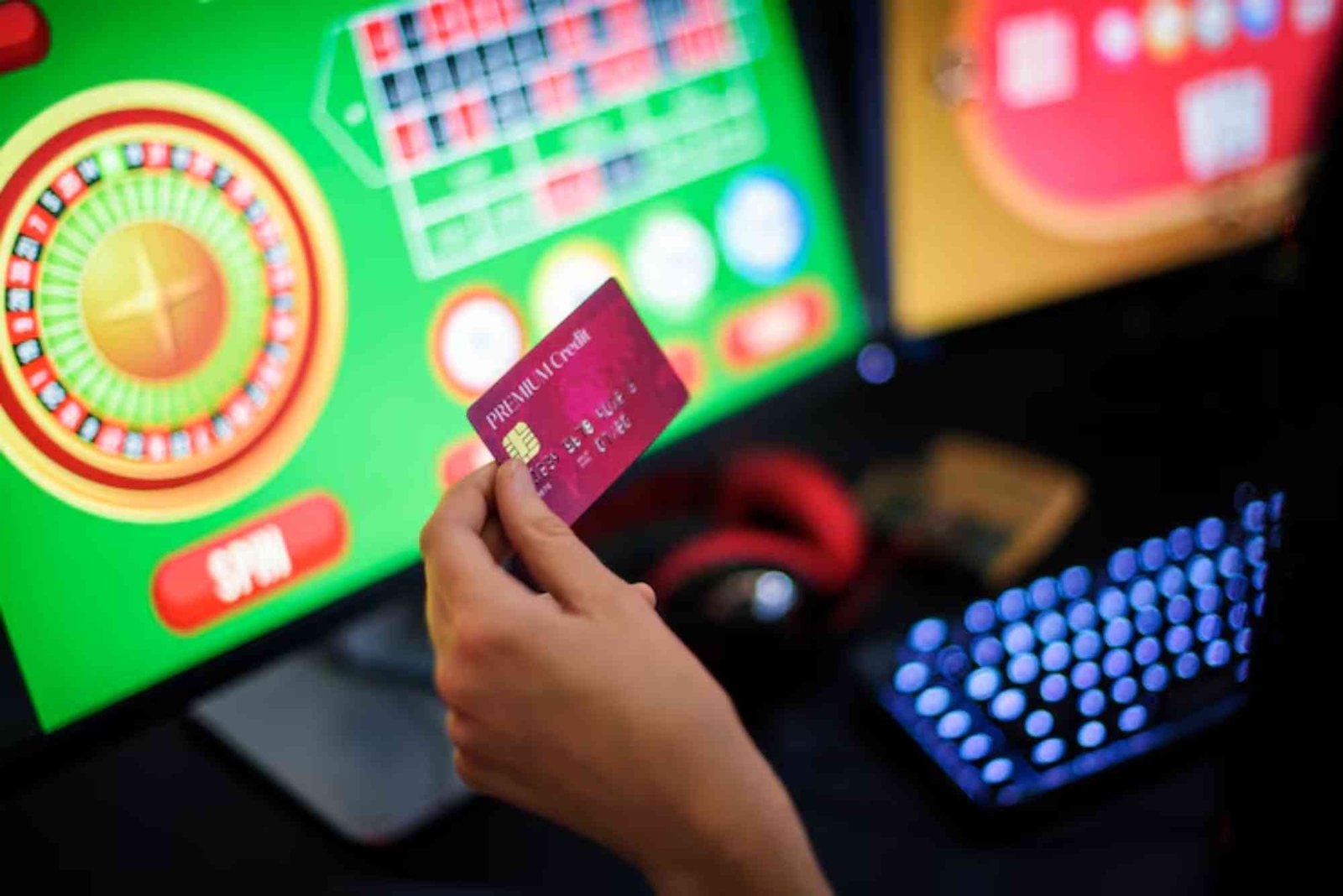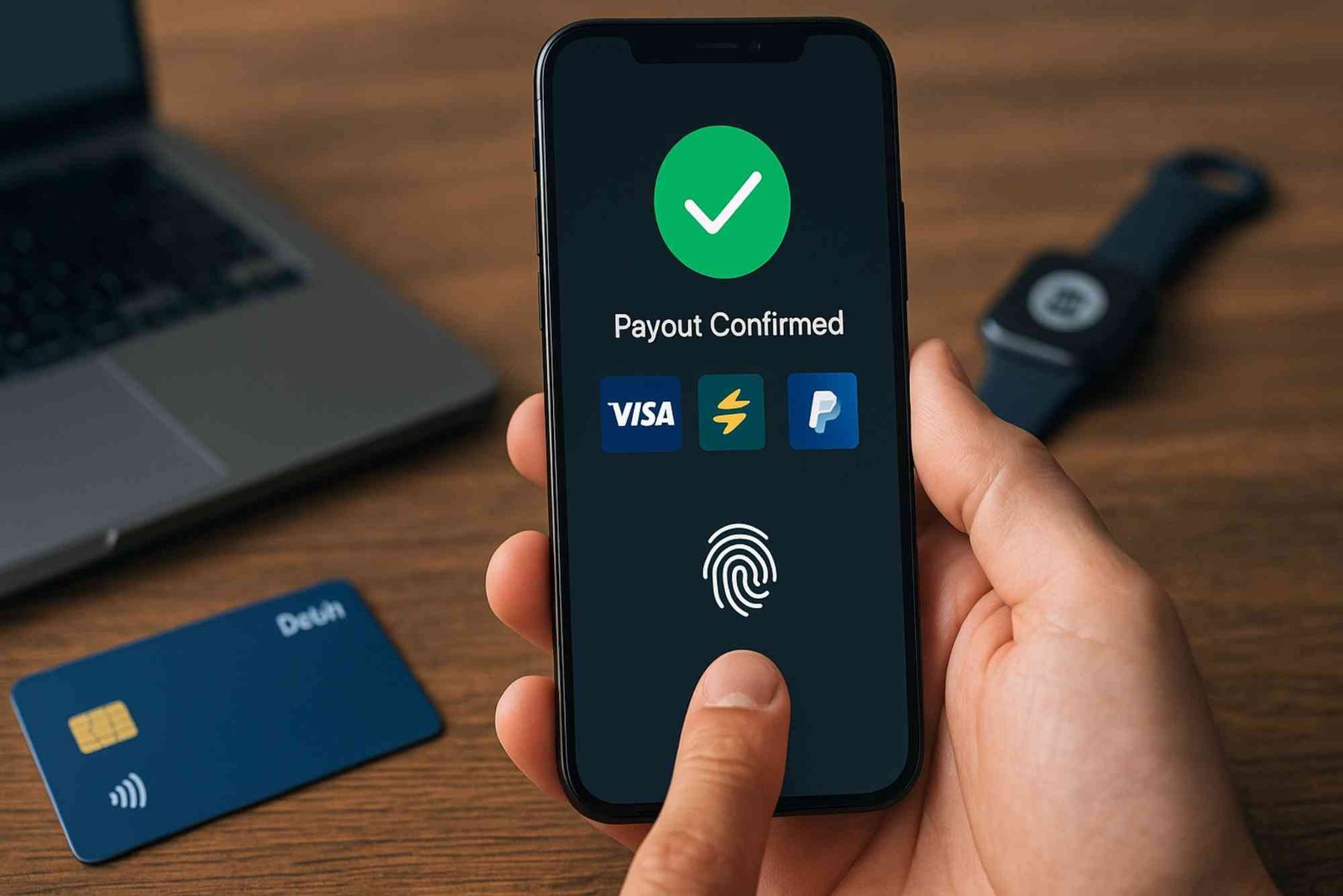From tabletop role-playing milestones to the digital taps of mobile apps, “prestige levels” have become a hallmark feature in many modern games. When I first encountered prestige systems in a popular shooter title years ago, it felt like unlocking a secret badge of honor—a way to reset my progress in exchange for exclusive rewards and bragging rights. Today, prestige mechanics appear across genres, from casino-style mobile slots to massive multiplayer online adventures. In this article, we’ll unpack the purpose behind prestige levels, explore their benefits for both players and developers, and share real-world examples to illustrate how this design element shapes the gaming experience.
At its core, a prestige level invites players to voluntarily reset certain aspects of their game progress—level, skills, or character stats—in exchange for prestige points, cosmetic upgrades, or enhanced status indicators. Far from punishing players, prestige modes add depth by rewarding dedication with fresh challenges and unique incentives. I’ve seen casual slots re-skinned with prestige badges, and RPGs unveil new story arcs only accessible upon reaching a certain prestige rank. Let’s delve into why this cyclical progression resonates so broadly.
Why Implement Prestige Levels?
Game designers integrate prestige systems to address both engagement and longevity—two pillars of successful titles. When a player reaches the maximum level or completes all available content, their next steps can feel unclear. Prestige provides a structured path forward.
Renewed Engagement
Prestige mechanics reignite interest by offering a new sense of progression. In my own experience with a multiplayer arena game, hitting level 100 initially felt like the endgame. But prestige unlocked fresh challenges: unique weapon skins, animated emblems, and higher matchmaking tiers. The thrill of climbing through prestige ranks kept me invested far beyond the initial level cap.
Rewarding Mastery
By resetting base progression but granting prestige rewards, developers signal respect for player skill and time. Those who prestige demonstrate mastery worth celebrating. This recognition builds community status—players often display prestige badges in profiles or chat lobbies, sparking friendly competition.
In contexts like social casinos, a prestige badge on a slot lobby can communicate veteran status. For example, some paypal betting sites uk leverage prestige icons to show off loyal, high-spending users—though such platforms should always be approached responsibly.
How Prestige Levels Work
Prestige systems vary considerably, but most share common elements: a reset mechanic, currency or points awarded, and prestige-exclusive rewards.
Reset and Replay
When a player opts to prestige, they typically reset to a starter level—losing unlocked abilities or items. This reset might feel counterintuitive, but it’s balanced by prestige tokens that grant lasting benefits.
H3: The Prestige Currency
Prestige tokens, medals, or stars accumulate with each reset. These currencies unlock prestige-only perks like cosmetic items, rare gear, or access to special game modes. Often, prestige currency is permanent, allowing players to amass and spend it at their own pace.
H3: Tiered Prestige
Some games offer multiple prestige tiers—Prestige I, II, III, and so on—each requiring more effort but yielding richer rewards. Higher prestige tiers signal deeper dedication, often tied to exclusive leaderboards or seasonal events.
Balancing Act
Effective prestige systems balance challenge and reward. If the reset penalty is too harsh or prestige rewards too weak, players won’t engage. Conversely, overly generous prestige perks can unbalance competitive play. Finding the sweet spot requires careful data analysis and community feedback.
Real-World Examples
Mobile RPGs
In many mobile RPGs, once a character hits max level, players can prestige to unlock a new “ascended” class path, reshaping skill trees and granting bonus stats. These ascensions often come with limited-time storylines or boss challenges, providing fresh narrative content.
Competitive Shooters
Popular first-person shooters frequently include prestige levels. Players who prestige often gain access to unique weapon skins or emblems, while leaderboards track prestige rank rather than raw level. These cosmetic rewards maintain competitive fairness—no player gains an advantage in firepower—while still showcasing status.
H3: Seasonal Prestige Challenges
Some titles tie prestige progress to seasonal events. For instance, a winter season might feature a prestige challenge: reach Prestige III to unlock a festive weapon skin and snowflake-themed avatar. This fusion of time-limited content and prestige progression drives both engagement and revenue.
Social Casino Games
Although prestige originates in skill-based genres, social casino titles have adopted the concept to distinguish dedicated players. As slot enthusiasts rack up spins and coin expenditures, they may prestige to earn tournament entries, exclusive free spin rounds, or VIP support channels.
Benefits and Considerations
Prestige levels offer clear advantages but require mindful implementation.
For Players
Prestige mechanics extend the lifespan of games. Rather than stagnating at a level cap, players enjoy continued growth and visible accomplishments. Prestige rewards—from badges to story content—fuel long-term engagement.
For Developers
Developers benefit from extended player retention and monetization opportunities. Prestige tokens can be part of in-app purchases or tied to special events, creating new revenue streams without overhauling core game systems.
Potential Drawbacks
Overuse or overly aggressive prestige demands can lead to burnout. If resets feel too punishing or rewards unattainable without spending real money, players may churn. Transparency about prestige requirements and a fair balance of paid versus earned tokens help maintain trust.
Best Practices for Prestige Design
Implementing prestige levels effectively involves several key practices:
-
Clear Communication: Inform players about reset consequences and rewards before they prestige. Unexpected losses breed frustration.
-
Gradual Unlocks: Introduce prestige perks incrementally, so players perceive immediate value.
-
Inclusivity and Accessibility: Offer prestige rewards that appeal to both casual and hardcore players. Cosmetic perks can keep competitive balance intact.
Conclusion
Prestige levels serve as a powerful tool for renewing engagement and celebrating mastery across game genres. By offering players a structured way to reset progress in exchange for lasting rewards, developers can extend game longevity and foster vibrant communities. Whether you’re battling foes in a shooter, advancing your character in an RPG, or spinning reels in a social casino, prestige mechanics provide a fresh spark long after the initial level cap. Next time you reach the top and consider hitting that prestige button, remember: it’s not just a reset—it’s an invitation to embark on a new journey of achievement.



